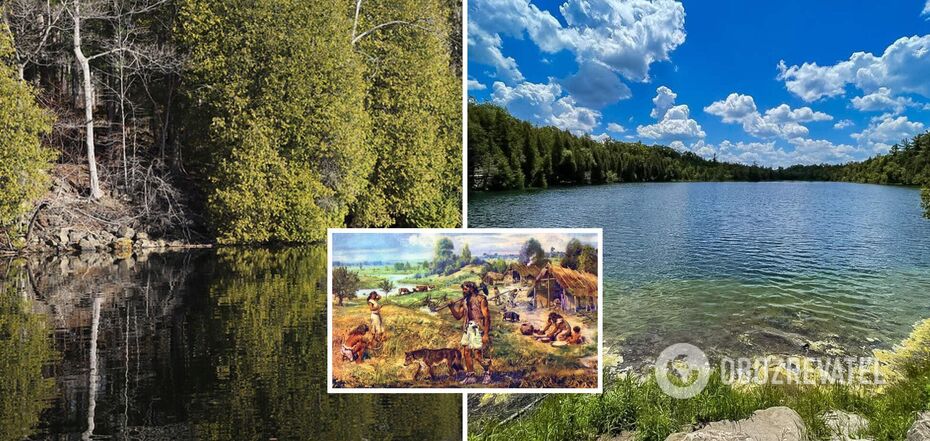Life
When humans changed the Earth forever: a 'box of memories' found at the bottom of a lake in Canada
There is a place on Earth that is called the planet's "memory box" - it is the bottom of Lake Crawford in Ontario, Canada. The history of its layers and sediments can tell about quite a long period: from the XIII-XV centuries, when the territory was inhabited by ancient Iroquois tribes, to the present day.
For this reason, a group of experts nominated the biosphere reserve to UNESCO as a place that should symbolize the beginning of the Anthropocene epoch. The details were revealed by the publication ScienceAlert.
What is the Anthropocene Epoch
The Anthropocene is an informal term used to refer to the geologic epoch in which the level of human activity began to strongly influence the Earth's ecosystem. There are no nominal limits to the Anthropocene. Some scientists propose to take the end of the 18th century - the period of the beginning of the Industrial Revolution - as a starting point, while others dig deeper and argue that the Anthropocene began when humans mastered fire and began farming.
In fact, the Anthropocene is defined by the large-scale natural and climatic changes that humanity has brought to the planet.
"Human activities have left such deep scars on the Earth that they will not disappear in the very distant future," said the working group, led by a subcommittee of the International Commission on Stratigraphy.
Even in the event of a global catastrophe in which buildings collapse, roads are overgrown with grass, industry is destroyed and the planet is overrun with wildlife, there will remain geologic features, radioactive isotopes, chemical concentrations and dramatic changes in the fossil record that testify to our presence.
Man has been changing the planet for centuries through hunting, industry and construction, but it was in the mid-20th century that a "thin blanket of radioactive material" appeared, in the words of scientists. We are talking about nuclear weapons. When the hydrogen bomb test occurred in the 1950s, researchers recorded an unprecedented increase and then a spike in plutonium levels in core samples from around the world.
"The presence of plutonium gives us a clear indicator of when humanity became such a dominant force that it may have left a unique global 'footprint' on the planet," said Andrew Cundy, an expert in the Department of Environmental Radiochemistry at the University of Southampton and a member of the Anthropocene Working Group (AGW).
What makes Lake Crawford special
Lake Crawford is a unique place. Using a small body of water as an example, scientists can observe and study changes in Earth's history over different historical periods.
Crawford is a small but deep lake. Pollen, soot, and a variety of isotopes at the bottom allow us to analyze human activity in past centuries.
Simon Turner, a geoscientist from University College London, emphasized that the sediments from the bottom of the lake, which it was possible to study, provided remarkable information about environmental changes over the past millennia.
Thus, Lake Crawford is called a kind of geological archive. Scientists suggest that the deep waters may officially define the moment when humans changed our planet forever, marking the beginning of the Anthropocene epoch.
Earlier OBOZREVATEL told that at the bottom of the Kakhovka reservoir were found objects of the times of the Cossacks, Byzantium and bones of mammoths.
Subscribe to OBOZREVATELchannels in Telegram , Viber and Threads to be aware of the latest events.



























